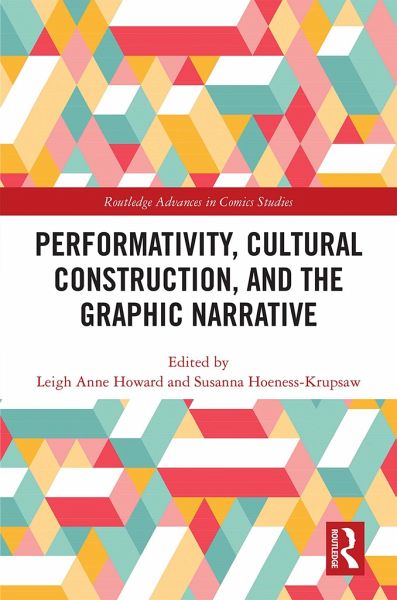
Performativity, Cultural Construction, and the Graphic Narrative

PAYBACK Punkte
75 °P sammeln!
This book draws on performance studies scholarship to understand the social impact of graphic novels. Addressing issues of race, gender, ethnicity, race, war, mental illness, and the environment, the volume encompasses the diversity and variety inherent in the graphic narrative medium.













